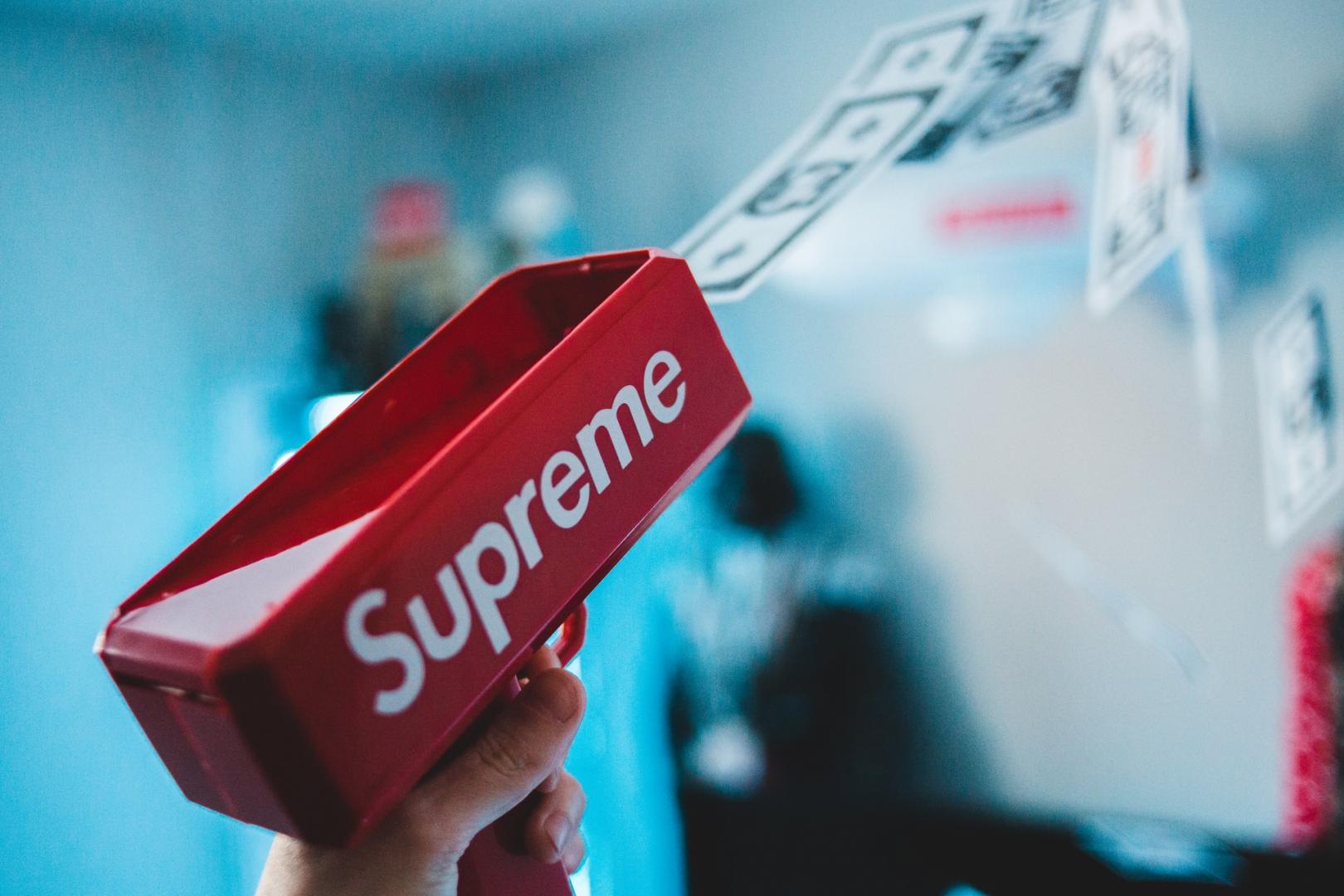Branding is not an easy task. Building a brand that sticks out and tells your company’s story takes a lot of thinking and meticulous work. Unfortunately, start-ups and small companies are often preoccupied with the details of their operations – customer retention, sales, operating expenses, product selection, and so on. Branding, along with other similarly critical aspects such as digital media, is often overlooked.
At a moment when virtual shopping and online video shopping are causing a stir around the world, and e-commerce is vying to become the dominant form of retail, branding has taken on a different meaning. It has become an important feature of retail companies, as well as an attribute with which consumers associate and identify, elevating the brand.
Businesses fear selling and distributing goods without a strong vision about who they are if they don’t have a good branding strategy. The consistency of the messages they send to customers will suffer as a result, affecting brand image, customer service and engagement, and profitability. The same can be said for well-established businesses. Getting away from the brand could result in millions of dollars in missed revenue.
Any errors are inevitable whether you’re beginning a new company or already have one. However, there are a number of blunders that you should and can refrain from. Check it out!
-
Failure to Analyse Your Competitors
This is particularly critical if you are a start-up. Understanding what existing companies in the market have achieved, where they have struggled, where they have flourished, and where you can give the brand an edge, comes from researching the field. Items, programmes, target markets, blogs, and social media channels can all be included in the study. If you don’t, you’ll be tripped up in two ways: firstly, you won’t be able to accurately judge the competition, and secondly, you’ll be unable to replicate a competitor’s tactics without actually knowing them.
-
A Logo That Doesn’t Go with Your Brand
A logo is one of the most important facets of the company, but it can be difficult to redesign if you start with the one that isn’t ideal. Using illegible fonts, poor colour choices, using a long or needless slogan, and using an icon that doesn’t compliment the brand or business intent are all examples of typical logo mistakes.
A logo becomes synonymous with your brand, and altering it can have a significant impact on the foundation you’ve established, so it’s best to get it right the first time.
-
Getting Your Brand and Logo Mixed Up
One of the most common blunders we see is confusing a logo for a brand. While a great logo is important and always serves as a first impression, a brand is something more. A brand is more like a feeling than a product. It refers to how customers feel about your business or what they think about it. It’s a brand, and it should be reflected in everything about your business, from the colours on the walls to the way you answer the phone to the products or services you provide.
-
Lack of Brand Guidelines
Without marketing rules, an organisation will look inconsequential. As a result, the business becomes unprofessional and untrustworthy. But, if you don’t even have brand instructions, get started right away. Ensure that the following regions are covered:
- How, when and where to use the logo
- Colour Schemes
- Fonts and Typography
- Tone, voice and writing style
- Visuals and imagery
Brand standards make it easy to coordinate your content properties across all of your company’s platforms, including your website, social media accounts, advertising, and more.
-
Mixing Up Branding and Marketing
This one has the potential to be a complete disaster. Branding is the process of identifying who or what the brand is, and marketing is the process of making others aware of it. They’re closely connected, and there are a couple of overlaps, so if you don’t understand the nuances, you won’t be able to do either efficiently. Here’s a helpful hint: Prioritize branding before moving on to promotions.
-
Lacking a Brand Personality
When it comes to branding, the first step is sometimes overlooked: understanding the brand identity. Knowing who you are as a brand is crucial – after all, how are your clients going to know who you are if you don’t know it? So many parts of the puzzle will fall into place until you know what your brand is and the kind of personality your brand possesses. Your brand personality can influence the colours you pick, the vocabulary and sound you use, and also the brand experience your customers will have.
-
An Unclear Value Proposition
If it’s the tagline, mission message, or simply a headline on your homepage, if you don’t efficiently communicate to viewers what makes your company special, they’ll leave before you realise it. Explain what you do and why it’s important. Avoid using several buzzwords, ambiguous phrases that don’t mean much, and branding that is close to that of your rivals. Be clear about the problem you’re trying to solve.
-
Taking Advantage of Current Trends
We live in an age of relentless consumption, in which news, fast fashion, and social media posts compete for our attention. That means something is always trending, whether it’s a hashtag, a story, a piece of clothing, a fashion style, an event, an album, and so on. It’s crucial to keep in mind that these waves come and go. Although some brands get caught in the whirlwind of incoming and outgoing patterns, losing miserably in the process, you must keep your finger on the prize and avoid squandering time and money on unproductive returns.
-
A Disconnect with the Consumers
Customers are a company’s top target for the simple fact that without them, there is no such thing as a brand. Or maybe a supermarket. Or even a name – your business just does not exist! Your demographic is one-of-a-kind, and your brand is one-of-a-kind as well. As a result, you have a unique bond with your customers – something that only you can have! Understanding this will assist you in developing a relationship of confidence with your consumers or clients, which will help you retain brand loyalty.
-
Lacking Inclusivity
And if you’re a small, local company with a small, local client base, the internet has given the brand a global presence. The last thing you want is for your brand to be seen as dated or exclusive. Use multicultural vocabulary, diverse imagery, and cultural awareness to welcome clients from all backgrounds. If you have the resources, you should consider having your website professionally translated. Often solicit input from your customers, and do a thorough analysis before expanding your business into new regions or sectors.
So, there you have it – ten blunders to avoid if you are a retail business owner. When it comes to branding your business, there’s a lot to consider, but if you avoid these big pitfalls, you’ll be well on your way to making a good and identifiable brand. With all of the noise around virtual shopping and online video shopping, it’s important to make sure the brand is up to date and meets the needs of your clients.






